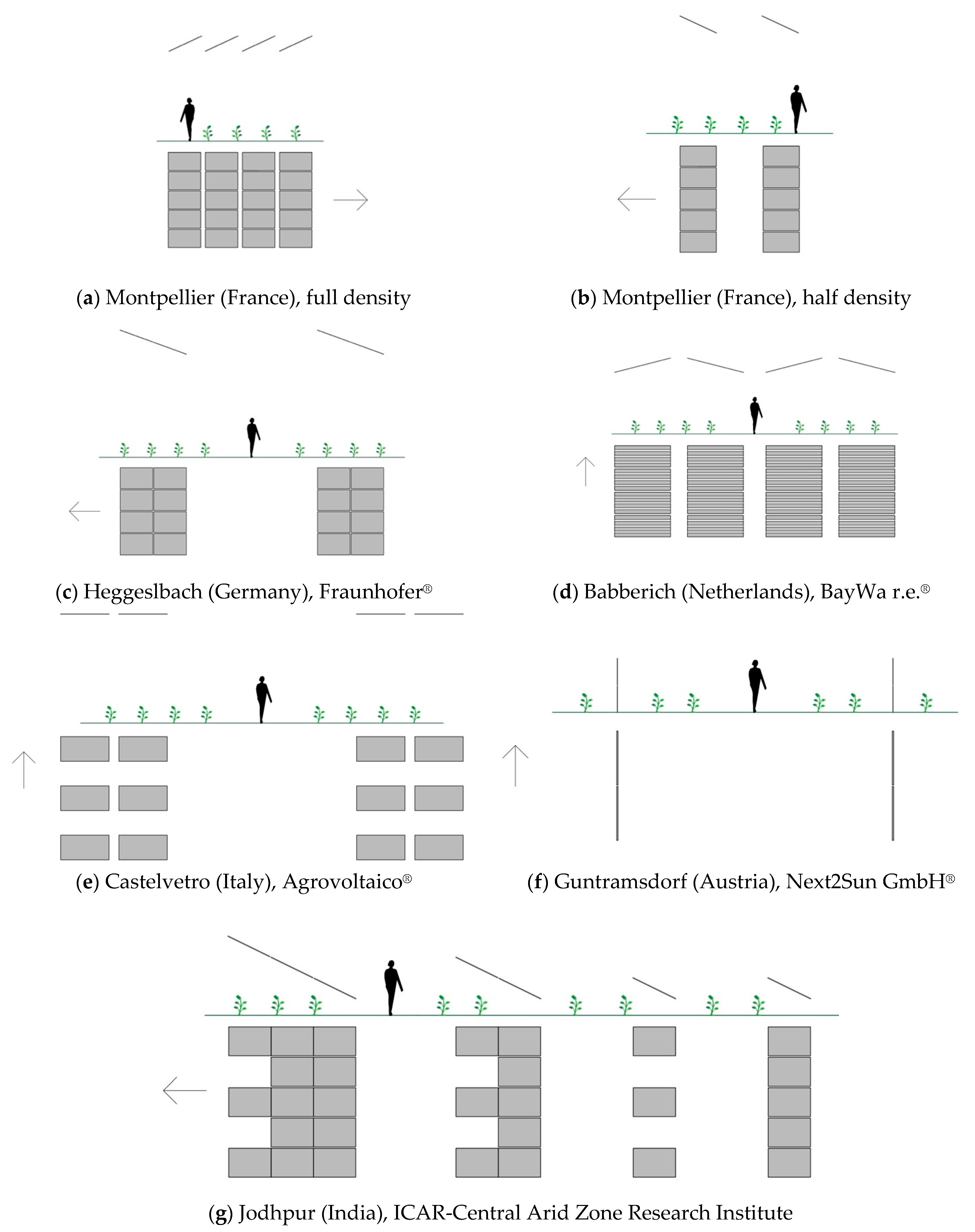

Moreover, sensory and behavioral experience can lead to the emergence of predictive activity in the visual cortex including reward anticipation ( Poort et al., 2015 Shuler and Bear, 2006), spatial expectation ( Fiser et al., 2016 Saleem et al., 2018), anticipatory recall ( Gavornik and Bear, 2014 Xu et al., 2012) and prediction error signals ( Fiser et al., 2016 Hamm and Yuste, 2016 Homann et al., 2017). Visual experience can modify cortical representations, including changes in gain, selectivity, correlations, and population dynamics ( Jurjut et al., 2017 Khan et al., 2018 Makino and Komiyama, 2015 Poort et al., 2015 Weskelblatt and Niell, 2019 Woloszyn and Sheinberg, 2012). Neural circuits are dynamically shaped by experience and learned expectations ( de Lange et al., 2018 LeMessurier and Feldman, 2018 Pakan et al., 2018 Ranganath and Rainer, 2003). This prominent change in VIP activity suggests that these cells may adopt different modes of processing under novel versus familiar conditions. Strikingly, the temporal dynamics of VIP activity differed markedly between novel and familiar images: VIP cells were stimulus-driven by novel images but were suppressed by familiar stimuli and showed ramping activity when expected stimuli were omitted from a temporally predictable sequence.

Subsequently, during 2-photon imaging experiments, mice performed the task with these familiar images and three sets of novel images. Mice learned a visual change detection task with a set of eight natural scene images. Here we investigated how excitatory and VIP inhibitory cells in layer 2/3 of mouse visual cortex were impacted by visual experience in the context of a behavioral task. Cortical circuits can flexibly change with experience and learning, but the effects on specific cell types, including distinct inhibitory types, are not well understood.


 0 kommentar(er)
0 kommentar(er)
